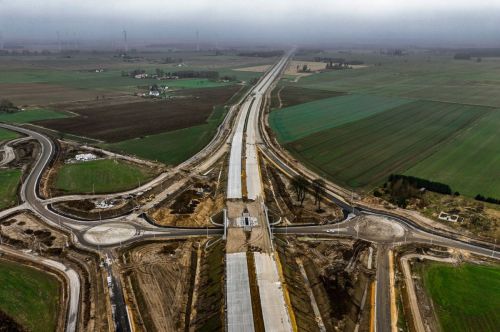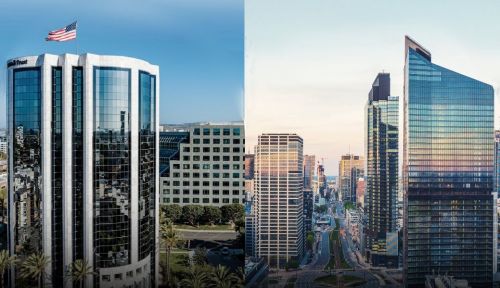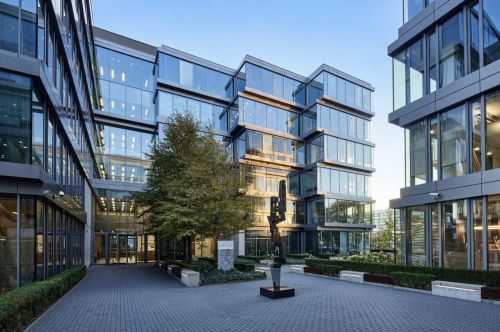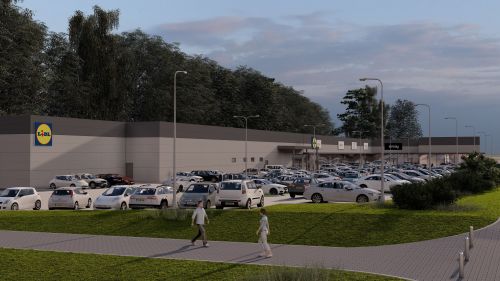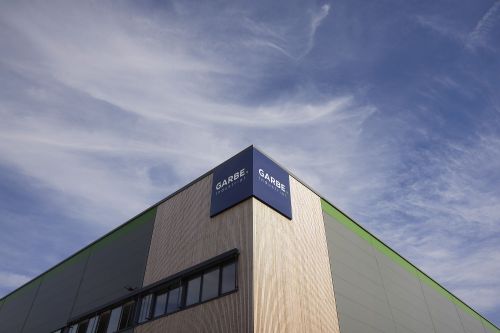One member of the government (whose name we shall not mention) famously stated that vegetarianism and bicycles were a cultural fad worthy of condemnation, which out of an incomprehensible obstinacy the EU wished to promote. When it comes to not eating meat, opinions remain divided, but as for the growing popularity of biking, it would be difficult to find someone from our sector who would speak out against it. City bikes that can be hired by anyone are now the norm in many European cities – and not just the largest ones. The story is the same with the growing number of bike stands and repair stations. Local authorities are allocating increasing funds to constructing and repairing cycle paths and are being supported by office building managers and developers, who are competing with each other in the facilities they provide for cyclists.
Well-being according to a developer
“A healthy workplace is made up of many factors, but one of them is that it promotes a healthy style o

















































